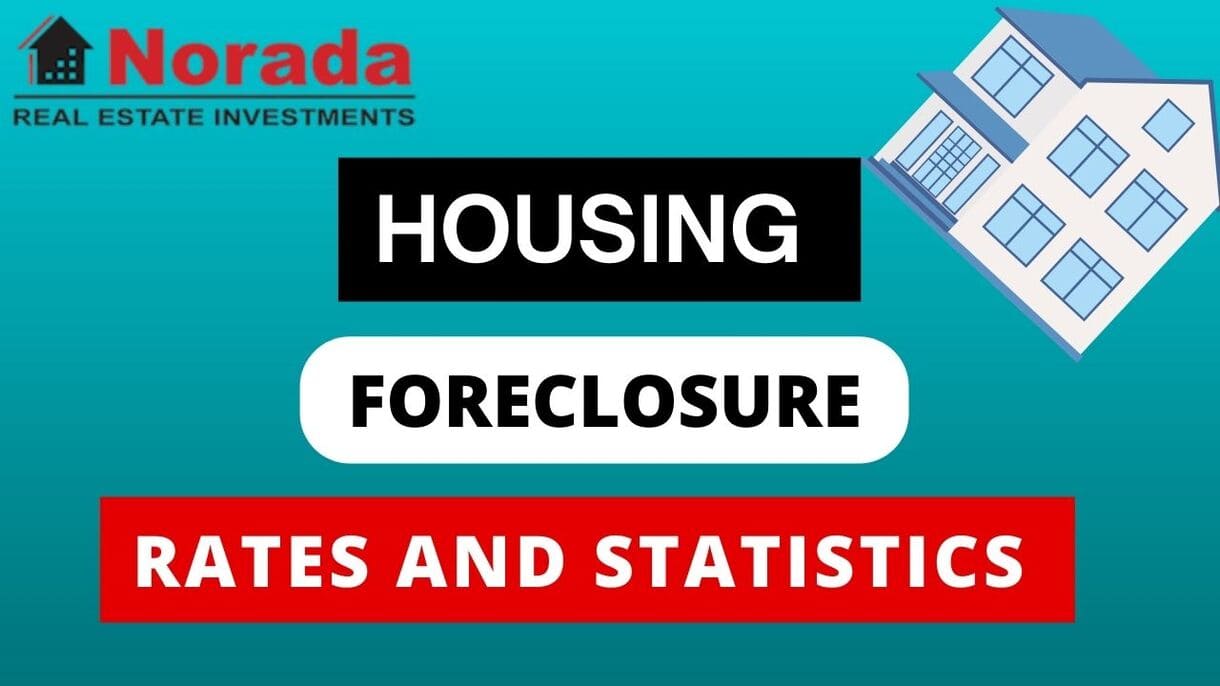Thinking about buying, selling, or just plain curious about the Oregon housing market trends? You've come to the right place. This isn't your average, dry real estate report. I'm diving deep into the data – and adding my own take based on years of watching this dynamic market – to give you the clearest picture possible.
Oregon Housing Market Trends: A Deep Dive into 2024
Home Sales in Oregon: A Slowdown, But Not a Crash
Let's face it: The Oregon housing market isn't the screaming frenzy it was a few years ago. September 2024 data from Redfin shows a slight dip. We saw 3,872 homes sold, a 2.2% decrease year-over-year. That's not a collapse; it's a slowdown, a natural correction after a period of intense activity.
This is actually a pretty healthy sign. Remember the crazy bidding wars of the recent past? Buyers felt like they were constantly losing out. This cooling off offers a bit more breathing room. It's a more balanced market now for both buyers and sellers.
Oregon Home Prices: Still Climbing, But at a Slower Pace
While the number of sales dipped, home prices are still heading upwards, albeit modestly. The median sale price in Oregon hit $506,200 in September, a 0.7% year-over-year increase. That’s growth, but at a much calmer pace than we witnessed in the recent past.
Here's a quick look at the top ten metros with the fastest-growing sale prices:
| City | Year-over-Year Growth (%) |
|---|---|
| Grants Pass, OR | 11.6 |
| Lake Oswego, OR | 11.6 |
| Coos Bay, OR | 10.6 |
| Bethany, OR | 10.0 |
| Gresham, OR | 7.5 |
| Dallas, OR | 7.4 |
| Klamath Falls, OR | 7.1 |
| Eugene, OR | 5.5 |
| Happy Valley, OR | 5.5 |
| Keizer, OR | 2.9 |
This variation in price growth across the state is a clear indication that the Oregon housing market is far from monolithic. Location, location, location, as they say!
Housing Supply: More Choices for Buyers
One of the most significant shifts is in housing supply. In September 2024, Oregon had 18,640 homes for sale, a 13.1% year-over-year increase. That’s a substantial jump, meaning buyers have more options and less pressure to rush into a decision.
This increase in supply is closely linked to the slowdown in sales. More homes are on the market, which naturally leads to a less frenzied buying environment.
Here’s a look at the key supply numbers:
| Metric | September 2024 | Year-over-Year Growth (%) |
|---|---|---|
| Homes for Sale | 18,640 | +13.1 |
| Newly Listed Homes | 4,725 | +1.0 |
| Months of Supply | 4 | +0 |
The increased supply is a clear indication that the market is becoming more balanced and less competitive, giving buyers a bit more leverage.
Market Trends: A Shift Towards Balance
The combination of slower sales, moderate price increases, and a substantial rise in housing supply points to a significant market shift. The intense seller's market is easing, creating a more balanced environment.
- Less Competition: The percentage of homes selling above the asking price has dropped to 23.8%, down 4.2 percentage points year-over-year. Bidding wars are becoming less common.
- More Negotiation Room: The increase in inventory means buyers have more leverage to negotiate price and terms. It's no longer a situation where you have to make an offer over asking price to even stand a chance.
- Increased Time on Market: Homes are spending 38 days on average on the market, a 9-day increase year-over-year. This is another indicator of the shift towards a more balanced market.
Here’s a table summarizing the key market trends:
| Metric | September 2024 | Year-over-Year Change |
|---|---|---|
| Homes Sold Above List Price | 23.8% | -4.2 points |
| Homes with Price Drops | 35.4% | +2.2 points |
| Sale-to-List Price | 98.6% | -0.31 points |
The top 10 most competitive cities in Oregon are consistently showing higher prices and less inventory than average and are showing less significant year over year changes.
Oregon Housing Market Forecast 2024-2025
Predicting the future is always tricky, but based on current trends, we can make some informed observations. The Oregon housing market appears to be settling into a more sustainable pace. We can likely anticipate more moderate price growth, increased buyer choice, and less pressure to make hasty decisions. This doesn’t mean prices are heading down – they’re still elevated compared to historical norms.
However, it's a far healthier market than the frenetic pace of recent years. Both buyers and sellers should prepare for a more balanced and less volatile market moving forward. My personal assessment is that this change is a positive development for the long-term health of the Oregon housing market.
Now, let's dive in and explore what the experts are saying about the Oregon real estate market. Right now, the Oregon housing market is, to put it mildly, interesting. The average home value across the state hovers around $495,042 according to Zillow (as of October 26, 2024).
That's a 0.7% increase from the previous year – but don't let that small percentage fool you. The market is far from uniform. We're seeing significant variations in different regions of the state, something I’ll explore more in detail later. Homes are currently pending after an average of 24 days on the market, according to Zillow. This indicates a still-competitive market in many areas, but things are shifting.
The Oregon Housing Forecast: A Regional Breakdown
The beauty (or beast, depending on your perspective!) of the Oregon housing market is its diversity. What's happening in Portland isn't necessarily what's happening in Bend, or Medford, or any other Oregon city.
So, let's look at some key regions and their projected price changes according to Zillow's forecast. The numbers below reflect projected changes from the baseline date of September 30th, 2024. Keep in mind these are forecasts, not guarantees.
| Region Name | Base Date | Oct 31, 2024 | Dec 31, 2024 | Sept 30, 2025 |
|---|---|---|---|---|
| Portland, OR | 30-09-2024 | 0% | -0.7% | -1.6% |
| Salem, OR | 30-09-2024 | 0% | -0.4% | -0.3% |
| Eugene, OR | 30-09-2024 | 0% | -0.5% | -0.1% |
| Medford, OR | 30-09-2024 | 0% | -0.8% | -1.8% |
| Bend, OR | 30-09-2024 | -0.1% | -0.9% | 0.7% |
| Albany, OR | 30-09-2024 | 0% | -0.3% | 0.6% |
| Roseburg, OR | 30-09-2024 | 0% | -0.3% | 0.6% |
| Corvallis, OR | 30-09-2024 | 0.1% | -0.2% | 0% |
| Hermiston, OR | 30-09-2024 | 0.1% | -0.3% | 0.9% |
| Grants Pass, OR | 30-09-2024 | -0.2% | -1.1% | -1.6% |
| Klamath Falls, OR | 30-09-2024 | 0.1% | 0% | 1.9% |
| Coos Bay, OR | 30-09-2024 | -0.1% | -0.7% | 0% |
| Ontario, OR | 30-09-2024 | 0.1% | -0.5% | 2.9% |
| Newport, OR | 30-09-2024 | 0% | -0.5% | 1.4% |
| Astoria, OR | 30-09-2024 | 0% | -0.5% | 0.8% |
| The Dalles, OR | 30-09-2024 | -0.1% | -0.5% | 0.1% |
| La Grande, OR | 30-09-2024 | 0.3% | 0.3% | 1.6% |
| Prineville, OR | 30-09-2024 | 0% | -0.3% | 0.6% |
| Hood River, OR | 30-09-2024 | 0% | -0.5% | -0.1% |
| Brookings, OR | 30-09-2024 | 0.1% | -0.5% | -0.4% |
As you can see, the Oregon housing market forecast paints a varied picture. Some areas, like Ontario and Klamath Falls, show potential for price increases. Others, such as Portland and Medford, might see further price declines.
Regions Poised for Home Price Growth:
Based on the data, areas like Ontario, Klamath Falls, La Grande, and Newport show signs of potential growth in home prices over the next year. This could be due to a variety of factors, including local economic conditions, population growth, and limited housing supply. However, even in these areas, it's important to proceed cautiously; these are just forecasts.
Regions Poised for Home Price Decline:
Conversely, cities like Portland, Medford, and Grants Pass are projected to see a continuation of the current downward trend in home prices. This doesn't necessarily mean a market crash, but it does suggest a buyer's market is likely to prevail in these regions for the foreseeable future.
Will Home Prices Drop in? Will There Be a Crash?
The million-dollar question! While the Oregon housing market forecast shows potential price decreases in certain regions, it's unlikely we'll see a dramatic crash like some other areas experienced in recent years. Several factors are at play here. Oregon has always had a relatively limited housing supply; this is only worsened by ongoing infrastructure challenges and tighter building regulations.
This scarcity tends to support prices, even in a slowing market. That said, increased interest rates and potential economic slowdown could still lead to some softening of prices. It’s crucial to remember that these are trends, not individual market predictions. Your home's value will depend on many specific details.
Oregon Housing Market Forecast for 2026 and Beyond
Predicting the Oregon housing market forecast for 2026 and beyond is risky business. Too many external factors could shift the market. Interest rate adjustments by the Federal Reserve, changes in local employment, and even national or global events can all influence the housing market.
However, based on current trends and the expectation of some degree of market stability, I cautiously predict that the market will continue to adjust, with some regions experiencing more significant change than others. Continued increases in housing inventory may lead to a more balanced seller-buyer market, which will be welcomed news for many potential homebuyers.
My Opinion on the Forecast
As someone who's been closely following the Oregon real estate market for many years, I've seen many cycles. The current situation is unusual, given the combination of limited supply and potential price adjustments. This makes it crucial for buyers and sellers alike to have strong local market knowledge and work with experienced real estate professionals. I've seen both frantic seller's markets and more balanced markets. The current situation leans more toward buyer-friendly, but it's not uniformly so.
Final Thoughts
The Oregon housing market forecast is not a simple, single answer. It's a complex interplay of national, regional, and local factors. The data presented above is a useful tool, but it's just that – a tool. It's imperative to remember that real estate is a local game, and what happens in one area may be vastly different in another. Do your research, seek expert advice, and good luck navigating this unique market!
Recommended Read:




